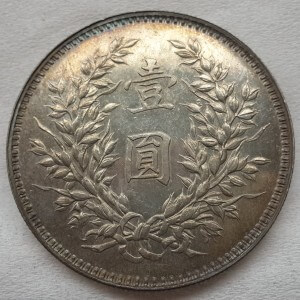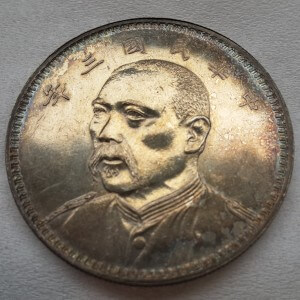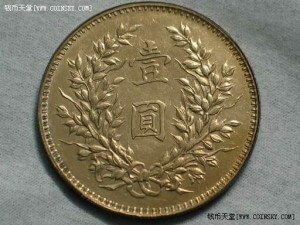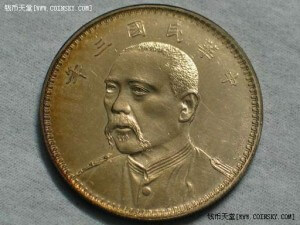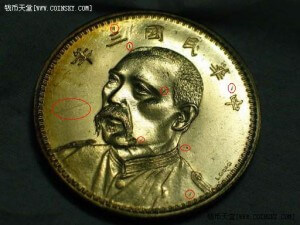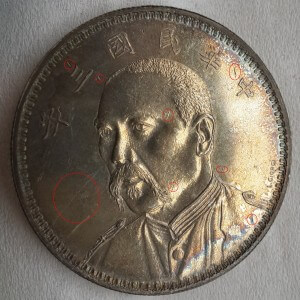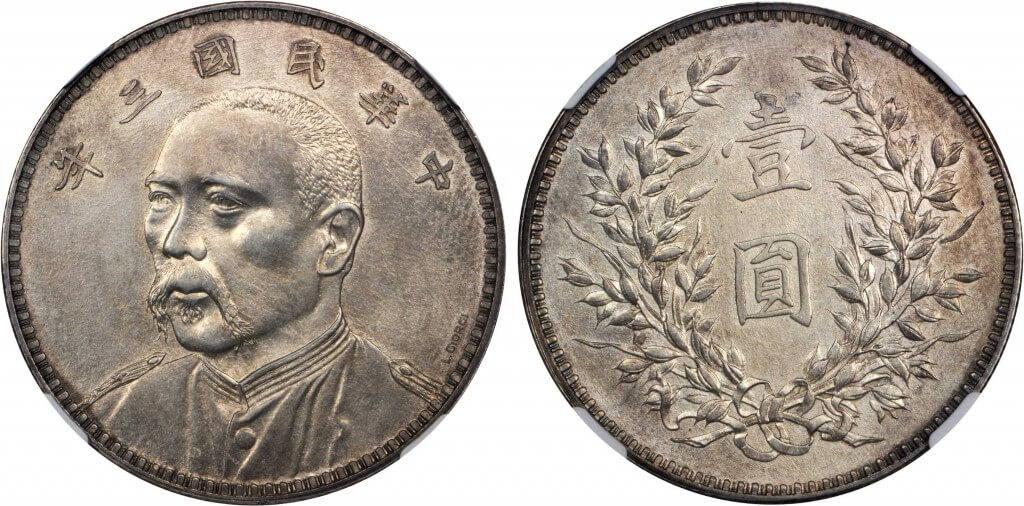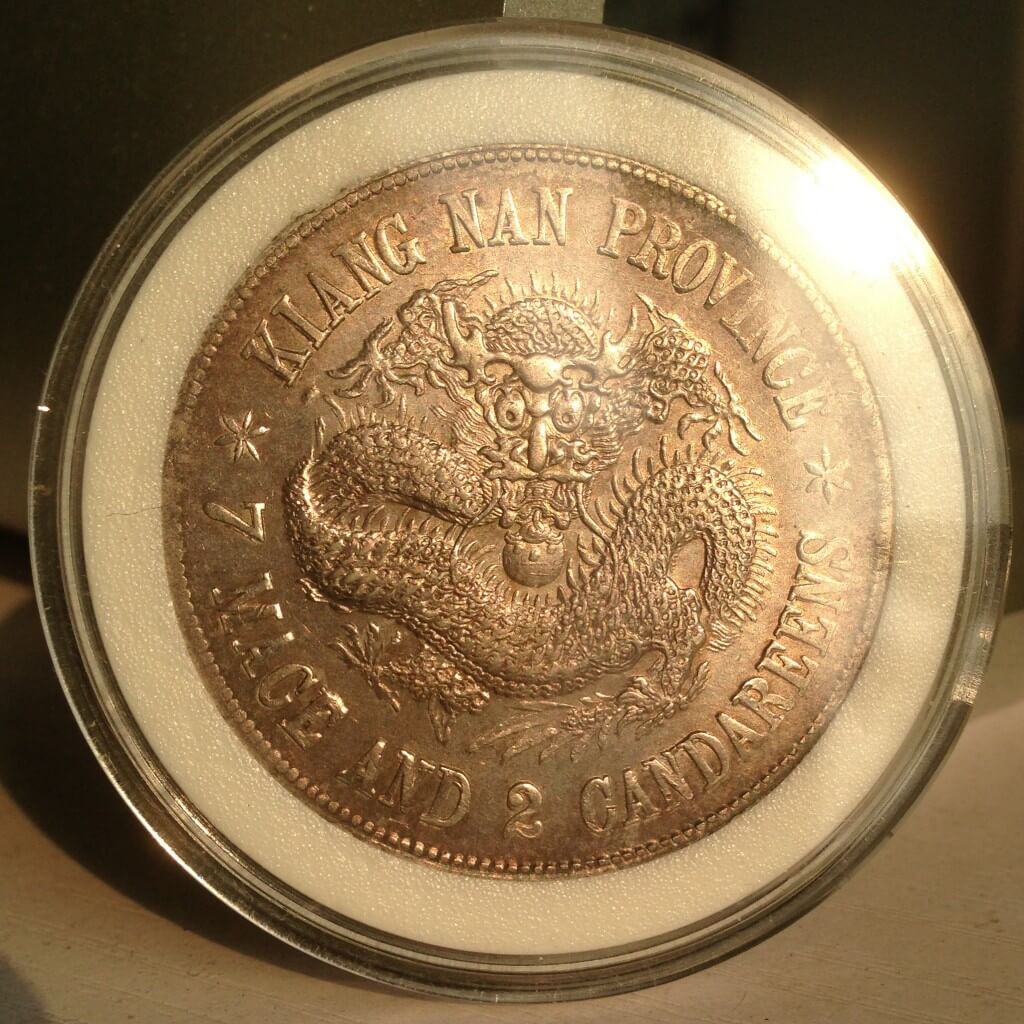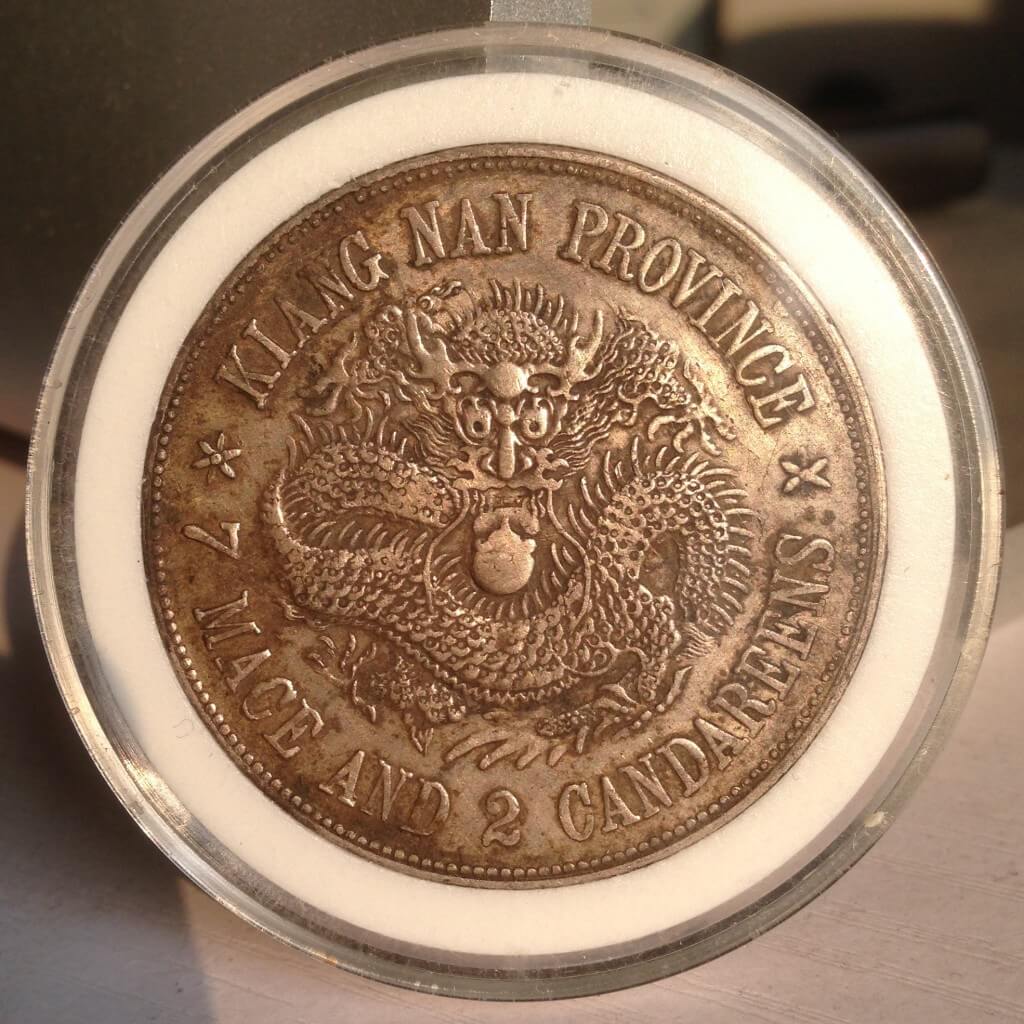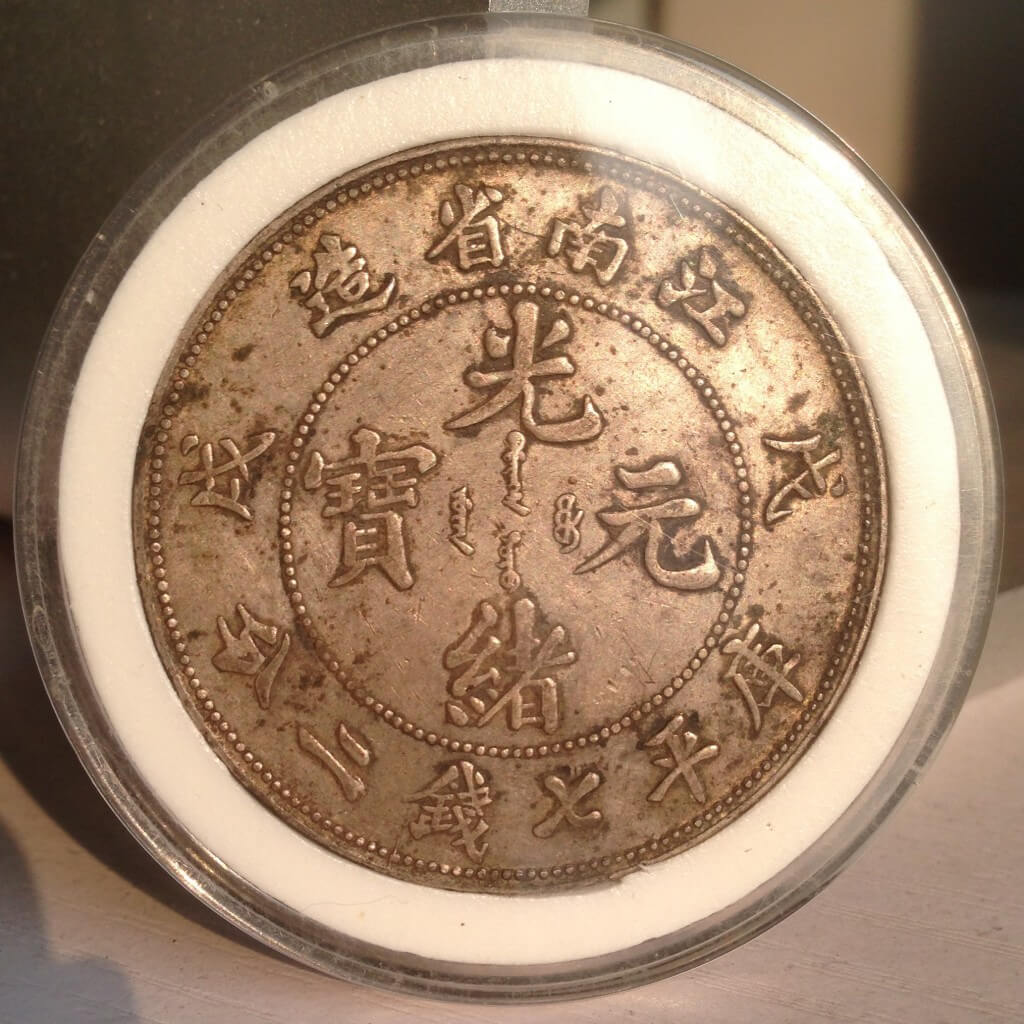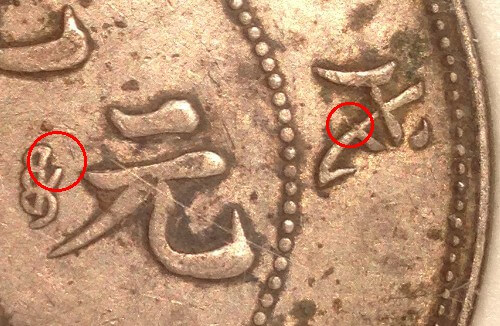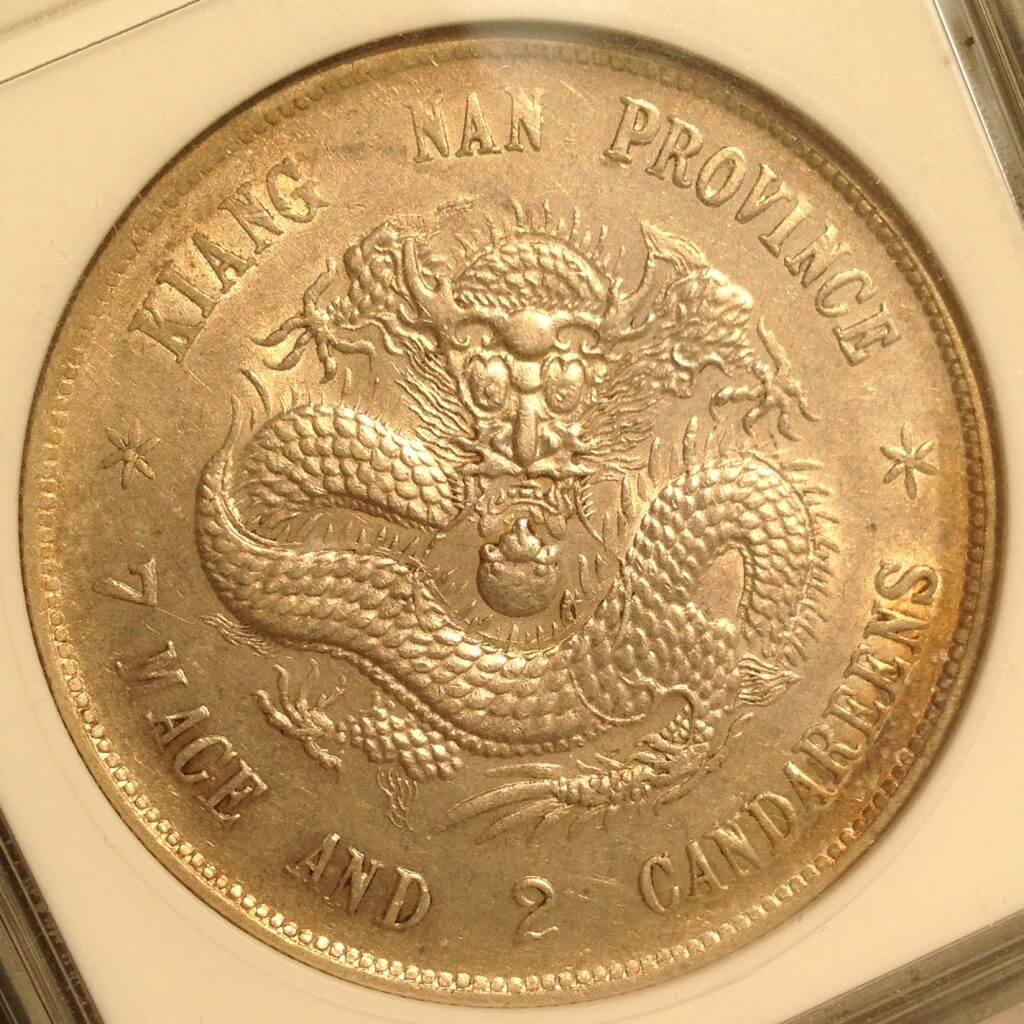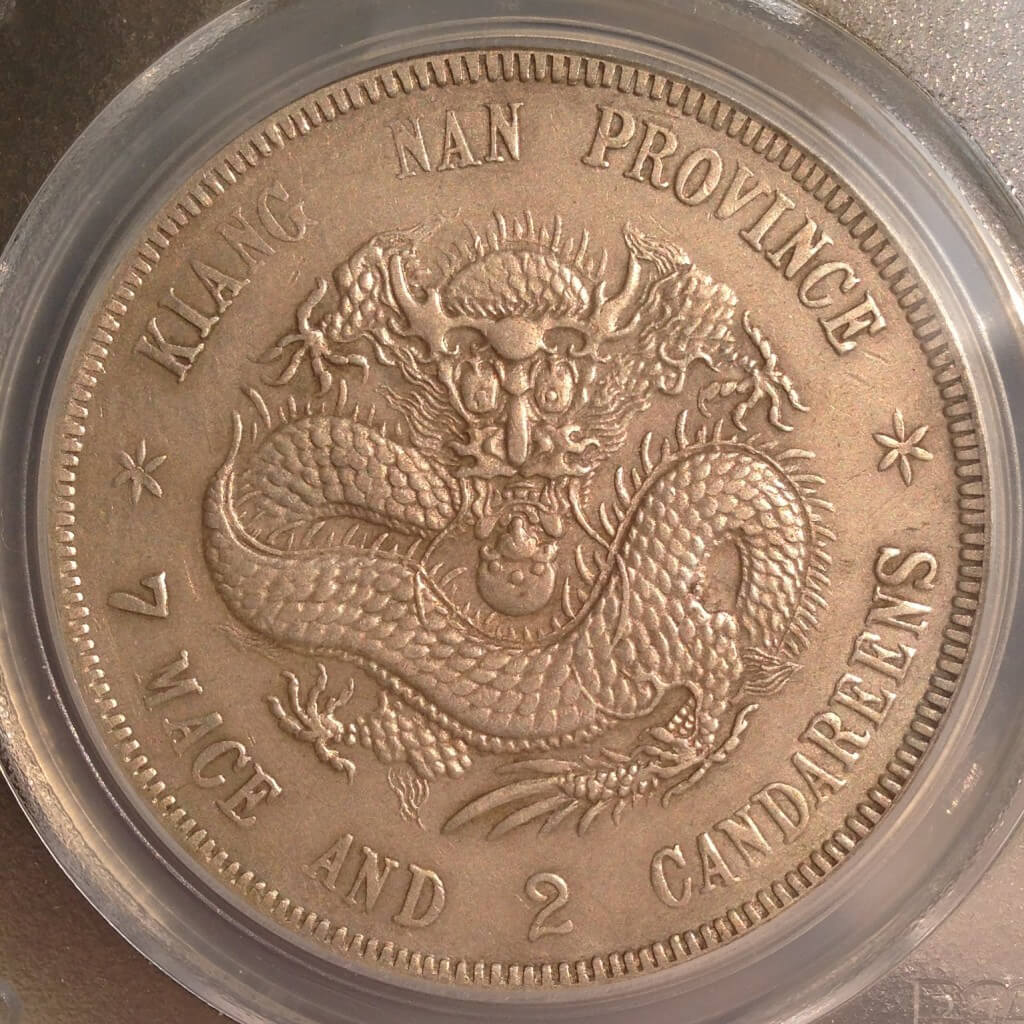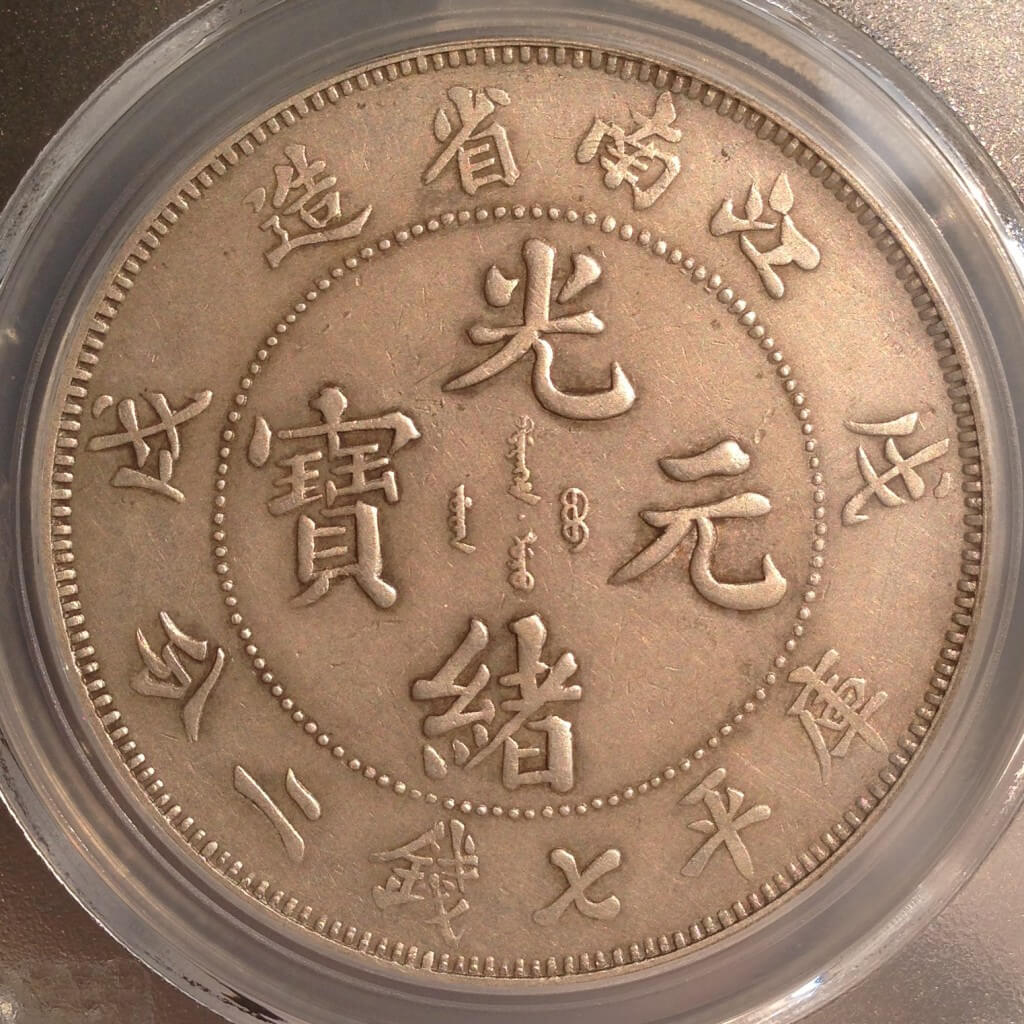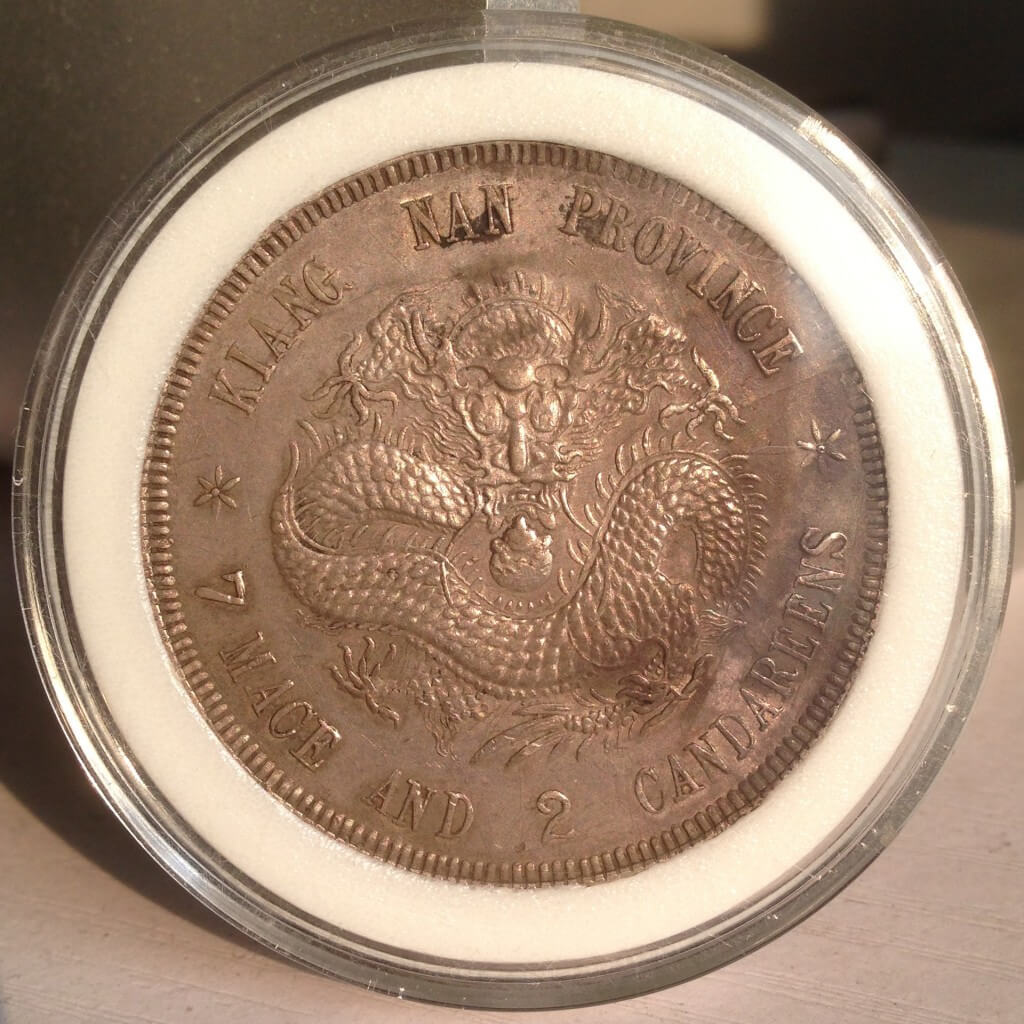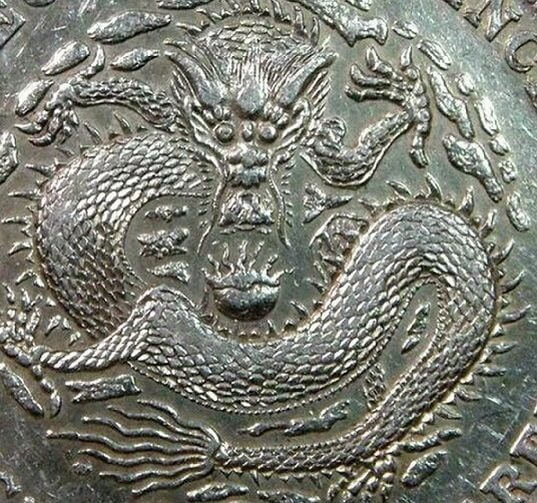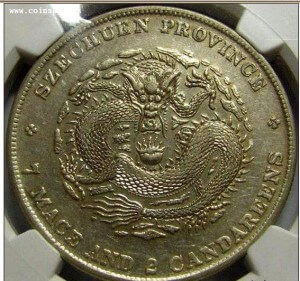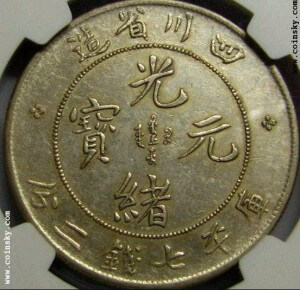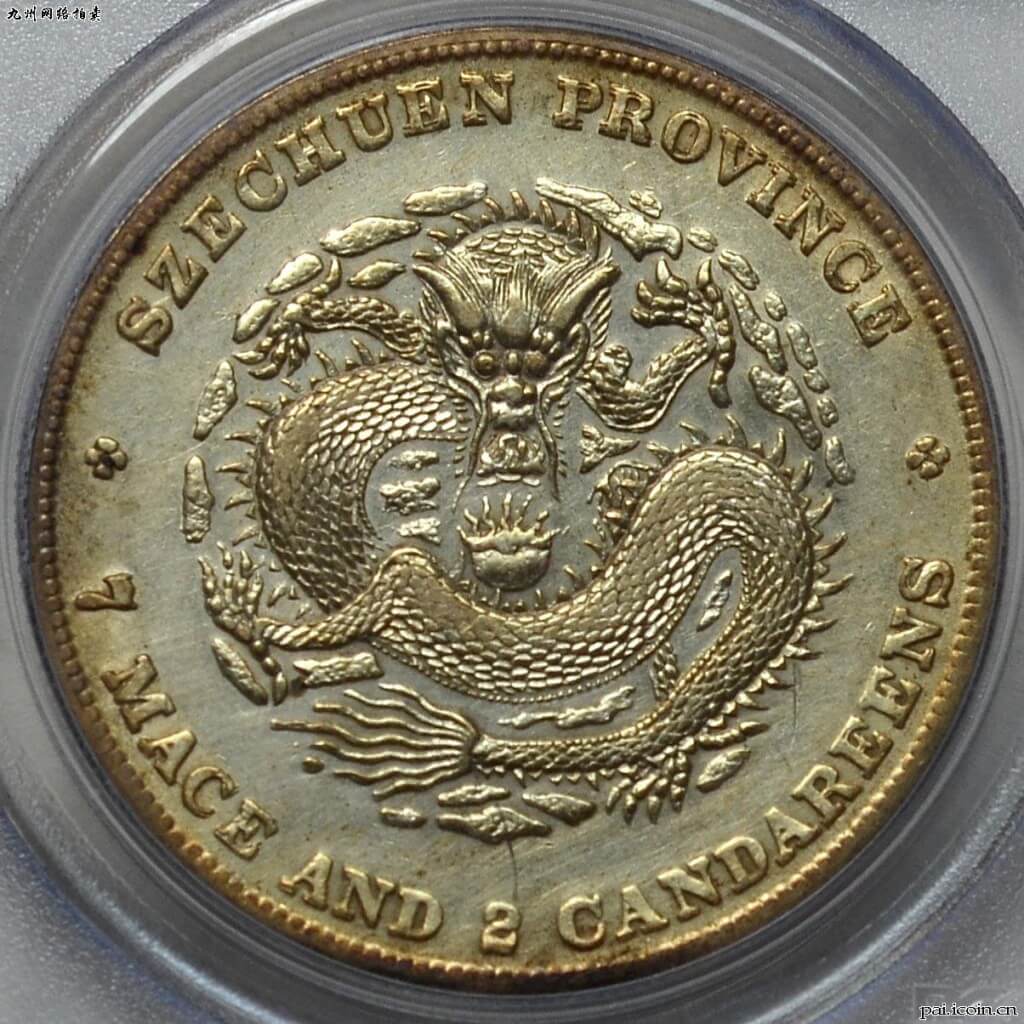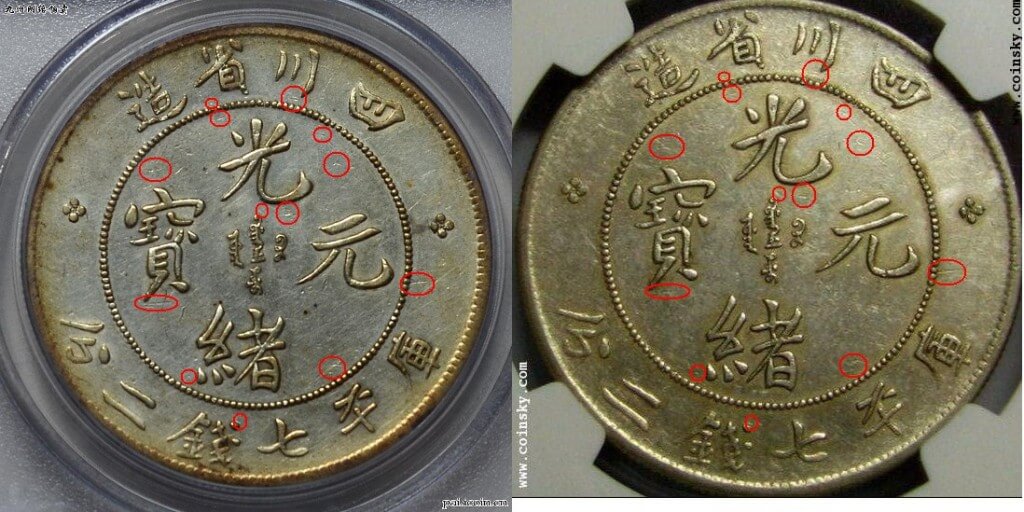Summer is nearing its end, and the Hong Kong auctions season begins. August is usually an interesting time for Chinese coins collectors, when rare coins are made available on the market and new prices are set.
I was browsing the catalogue of Rarehouse, when I was intrigued by one of the highlight of the auction. The denticles of the lot 1355, a rare Yuan Shih Kai pattern coin, bothered me. These teeth reminded me a lot of two other coins I have seen before.
The first coin was introduced to me by a good friend, who was already in the midst of negociation with the owner and wanted my opinion about the deal. It was a beautiful specimen of an extremely rare Yuan Shih Kai dollar, with the signature of the famous Italian engraver L. Giorgi.
The price tag was not too high for this type – ¥200,000 CNY, or about $32,000 USD. This looked like a good deal, but I usually collect Imperial dragon dollars, so I decided to learn more about this type online.
That’s how I stumbled upon the sister of that coin. It was sold in 2005 on Coinsky, one of the largest numismatic forums in China, by the same collector from the Jiangsu province that now proposed to my friend the coin that sparked my curiosity.
The identical scratches could not lie; as in previous articles, this was an indubitable proof that both coins were fake (click on the picture on the right for higher resolution).
Both replica coins also shared a strange defect, especially for pattern coins: the denticles on their obverse were really badly struck. Here is for comparison a picture of a genuine, graded pattern, lot 41099 at the upcoming Stack’s Bowers auction:
Small details matter: as you can see, the denticles are sharp and well struck.
My advice to fellow collectors looking forward to acquire rare and expensive Chinese coins this season would be to favour coins graded by PCGS. Raw coins can be cheaper, but if they end up being fake, you are on your own. For this kind of high level items, this can mean a $32,000 USD setback…
Basking in the diffuse light of the Beijing sky, five beauties from the Kiangnan province are quietly witnessing the end of another day. Everything under the setting sun is suddenly tinged with a nostalgic golden colour.
This glistening “Circlet-like scales” dragon is a rare breed. The doubled die turned its armour into a chainmail, delicately adorned with pearls. Below the K of Kiangnan Province, a lonely cloud has been struck in silver. The 江南戊戌珍珠龙K下多云 is an extremely rare variety, especially that well preserved. Most of the known specimen have already been worn down by a century of turmoil.
Collectors often wish coins could talk. This dragon would still be unable to tell them what it went through: he never had a tongue to begin with. His body covered in pearls is but skin and bones, meager and bristled with longer spines. The 江南戊戌长毛无舌珍珠龙 is a war-weary survivor, but it is still more easy to find than its cloudy cousin. This specimen hides more distinctive features on its back:
The rightmost Manchu character is broken, like the handle of a battered teapot. The “戊” character is also missing a stroke, left forever unfinished:
This particular combination of scars is uncommon; other coins of this type were usually struck with a complete date and Manchu inscriptions. The dragons with pearl scales are especially rare and beautiful, but other remarkable varieties were made the same year.
Endowed with a luxurious beard, the 江南戊戌大胡子龙 is a very popular variety amongst Chinese coins collectors. It is especially hard to catch one with all its exuberant pilosity left intact despite the passage of time.
The darting glance of its silver irides and the dot on its reverse are easily identifiable: this is a 江南戊戌凸眼龙满文中心点, a famous and desirable 1898 Kiangnan variety. However, it still has a subtle je ne sais quoi which makes it more pleasing to the eye than usual. After a while, the Chinese coins collector may realise that the dragon is framed within a circle of long denticles, conferring a unique harmony to the whole. While long denticles on the obverse are nice, long denticles on both sides are better:
Of course, this tasteful variety is extremely rare. There exists a similar “long denticles” variety for the last appearance of the Old Dragon, on the 1899 已亥 Kiangnan silver dollar:
Like the toning on this last Kiangnan dollar, the sky has already turned dark. Then all the charm is broken, and I leave the Kiangnan beauties to their contemplation.
A good friend from Hangzhou recently contacted me regarding a Chinese coin he was interested in purchasing. It was a beautiful but rather expensive Szechuan coin (¥100,000 RMB or about $16,400 USD at the time of writing), and he was unsure about the deal.
The Szechuan dollar my friend was considering to buy was a high grade sample of the rare “库 not connected” variety (四川光绪剑毛龙无头车). It had sharp details and was graded AU50 by NGC, however the coin had clearly been cleaned and my friend hoped for a discount.
I browsed past sales results when I was struck by the similitude between the coin my friend coveted and a Szechuen dollar sold at the Jiuzhou 2012 Summer Auction (九州2012夏季机制币、纸币拍卖专场). At first, I thought that the coin graded XF details by PCGS had been re-submitted to NGC in a bid for a more favorable grade, but I quickly verified that the coins’ obverse were distinct.
While carefully examining the reverse, I was troubled to find an identical scratch below the right side rosette. Despite the low resolution of the pictures sent by my friend, it was obvious this ought to be a circulation mark. Two coins of the same type often exhibit wear or weak strike in the same place, but identical circulation marks should never be observed: it would indeed imply both coins were randomly damaged in the exact same fashion while being handled by countless men and women through a century!
The scratches I highlighted on the picture above were damning evidences that both coins were very high level forgeries. The counterfeiters went to the trouble of striking different obverses, but were surprisingly lazy etching the same marks on the reverse. The replica is still stunning, and actually fooled two world-class grading agencies and the highly experienced Chinese coins collectors who bought them. It is especially troubling that without the inexplicable laziness of the counterfeiters, and a stroke of luck comparing pictures on the Internet, both fake coins would have most likely stayed undetected.
Once again, I will urge my dear readers to listen to their instinct when buying: if you are somehow hesitant about a deal, like my friend was, the best decision is often to walk away. It is also best to avoid buying cleaned or polished coins altogether, especially in high grade, as it is too convenient a camouflage for artificial aging.
